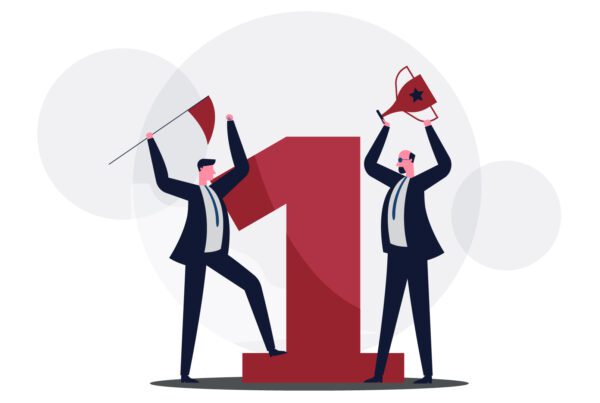EVERYONE NEEDS an online presence to survive in the digital age, but how do you know that your investment is actually performing? Before you can answer this question, you need to shift your mindset. Don’t focus on simply generating more traffic. You need to pay attention to the kind of traffic that converts to actual sales. Traffic that doesn’t lead to a sale doesn’t have much value. Don’t take the “kitchen sink” approach, where you clutter the home page to tell buyers every reason they should buy. Instead, focus on the one most important reason. Remember that consumer attention spans are at an all-time low, so visual storytelling has a higher likelihood of engaging with most demographics than traditional paragraph-form text. You also need to make sure there is a realistic next step that visitors can take on your site by making your call to action perfectly clear. If you’re selling a $100 product, it’s conceivable that a prospect’s next step is to buy. On the other hand, if you have a law practice with a more complex offering and a higher price point, the sales cycle is more involved. A realistic next step might be to request a consultation with one of your attorneys or download an informative article written by your staff to continue the conversation. Our eyes are naturally drawn to the upper-left-hand corner of a website first. Consider using that prominent real estate for your opt-in newsletter request to boost the number of email addresses you capture, which can later be used to convert visitors to customers through an email campaign. When designing your site, select a couple of conversion elements for A–B testing. For example, place your “Order Now” button in one spot during the first week of your test, then place it in a different location during week two. Or better yet, serve up one version of your home page to half of your site visitors and a second version to the rest during the same timeframe. Compare which option was most successful in drawing attention. For a snapshot of how people are using your site, consider ClickTale.com, which maps your site visitors’ mouse movements and pinpoints where visitors are on your site when they leave it. This tool arms you with information to make adjustments that improve conversion. You should also allow customers to share reviews of your products and services on your site, which can significantly improve sales rates due to the third-party validation. Remember that the time it takes for a website to load is crucial. Most Internet users won’t wait more than two seconds for a page to display. Other studies suggest that a one-second delay in page response can reduce your traffic by double-digit numbers. Reducing your traffic translates to fewer opportunities to make a sale. Use these strategies to improve sales conversions, but remember that what works for your business may be unique. Monitor your successes and missteps through free reporting tools like Google Analytics, and adjust your approach accordingly.
Recent Posts
- The Confidence Gap: How to Inspire Your Team to Own the Numbers
- Hire, Fire, and Reward Based on Outcomes: The Only Way to Build a Growth Team
- Why Weekly Optimization Separates Winners from Losers
- The Domino Effect: What Happens When You Reposition Your Brand
- Why Leaders Must Demand Accountability for MROI Projections
Related Posts
 Marketing Strategy
Marketing Strategy
The Confidence Gap: How to Inspire Your Team to Own the Numbers
Key Takeaways: Confidence in projections drives confidence in execution. Leaders can use psychological strategies to…
Dhruv SinghOctober 31, 2025
 Marketing Strategy
Marketing Strategy
Hire, Fire, and Reward Based on Outcomes: The Only Way to Build a Growth Team
Key Takeaways: Building a team around outcomes, not effort, ensures accountability. Skills must align with…
Dhruv SinghOctober 14, 2025
 Marketing Strategy
Marketing Strategy
Why Weekly Optimization Separates Winners from Losers
Key Takeaways: Set-and-forget campaigns are a recipe for wasted dollars. Weekly optimization creates momentum and…
Dhruv SinghOctober 13, 2025




